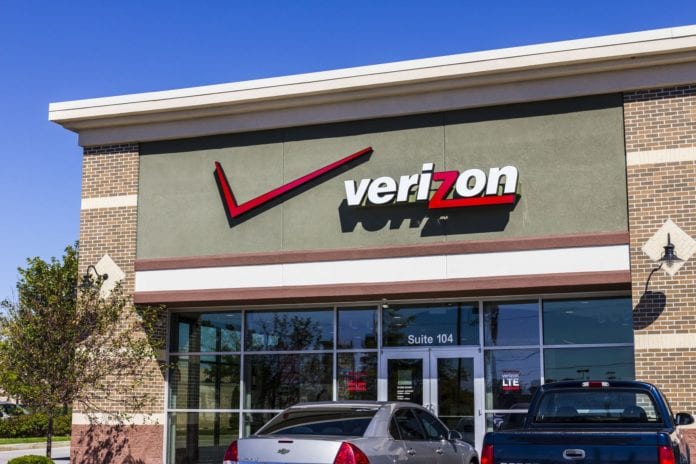Adam Koeppe, Verizon’s senior vice president of network planning, caught up with RCR Wireless News to discuss how the operator is tackling the growing interest in private LTE and 5G networks in the enterprise space. When it comes to providing reliable and secure private networks inside facilities like hospitals and manufacturing plants, CSPs, in many cases, are finding that they are not the vendor of choice and that their role of connectivity service provider is being altered, and perhaps challenged, as new players are emerging in the ecosystem.
Q: What is your response to the perspective that operators risk becoming irrelevant in private networking?
Koeppe: Literally since the inception of the company, we’ve been engaged with the enterprise. Not all operators, domestically, have that same type of focus. You know, it’s a choice. We have been a broadband provider for enterprise all over the country. It’s a massive revenue stream for Verizon. Not all operators are in that same boat, and if you haven’t been really gone through the evolution of enterprise when it comes to telecommunications, it’s tough to crack into that environment because so many of these relationships are built on long term technology roadmaps.
Q: How does Verizon approach being a private network provider?
Koeppe: Part one of having a private network play for an enterprise is going to be ensuring that they have the macro connectivity and knowing where they have campus locations, as well as ensuring that they have robust, in-building connectivity. That is job one.
From there, you build on the set of functions that that enterprise wants. We are able to deploy virtualized network services to the enterprise. In the past, we had to install physical infrastructure at their location. Now, so much of our network is virtualized solutions running on off-the-shelf hardware. We can deploy the set of solutions that they need to manage their network more robustly on their own infrastructure, basically.
We get a lot of requests for a private network that is completely isolated from the macro networks, meaning, I’m going to take a manufacturing plant and provide wireless connectivity in that plant and provide some mechanism for the data from that machinery to be captured on a service and I’m going to do all of that inside the plant with no access to a public network. That type of private network can be deployed to them by … software. That is a new capability.
Q: Can you talk to me a bit about the work around indoor 5G you’ve been doing with Samsung and Corning?
Koeppe: The work with Corning is two-fold. They are an infrastructure provider for us, and we paired that relationship up with their interest in transforming their enterprise. It’s sort of a phenomenal partnership where we are looking at the exact solutions that we buy from them and their inbuilding systems and were pairing that with our edge compute private network.
Q: What other partnerships is Verizon pursuing when it comes to supporting its enterprise customers?
Koeppe: More often than not, [enterprise customers] also want some type of edge computing capability. The enterprise community is really starting to get interested in how they can change the way they run their manufacturing and logistics facilities using 5G private network edge compute solutions.
We are partnering with Amazon to provide public edge compute solutions. The way to think of the partnership is that AWS basically takes their Wavelength platform, which is designed to run in Verizon’s distributed network locations, and because those locations are distributed, the end services they then create to run on it can be focused on low latency.
So, if you’re an enterprise, you may be working with AWS and say, I want to do these things with my enterprise, can your development community help me create solutions for this? And as the AWS goes through that process, they actually see those low-latency zones that we’ve created as their development availability zones, and it helps them create solutions that are tailored for an enterprise’s needs. Those are public in the sense that there can be consumer applications that ride on that same architecture, but we do see enterprise interest in some of that as well.
Q: What is your perspective on the whole Wi-Fi vs. cellular debate?
Koeppe: Wi-Fi 6 is now on the horizon for much of the enterprise community. They’re actually going to be at a decision point here, because they have an infrastructure upgrade to do if they want to take advantage of Wi-Fi 6.
So they’re thinking, if I have to go through the effort to upgrade my Wi-Fi communications suite of services, do I want to just do more of what I’m doing today with more bandwidth or do I want to completely change that landscape and put in an advanced technology solution that allows for me to have much more control, more robust capabilities that comes with 5G, and edge compute that can change the way I work?
Our view is that it’s a no brainer.
For more on private networks and the role of CSPs in enterprise connectivity, download the report.

